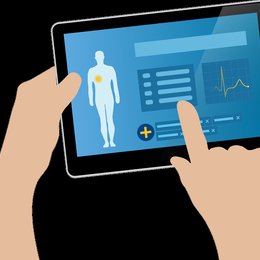
Building a Digital Bridge to Support Patient-Centered Care Transitions From Hospital to Home for Older Adults With Complex Care Needs: Protocol for a Co-Design, Implementation, and Evaluation Study
Older adults with multimorbidity and complex care needs (CCN) are among those most likely to experience frequent care transitions between settings, particularly from hospital to home. Transition periods mark vulnerable moments in care for individuals with CCN. Poor communication and incomplete information transfer between clinicians and organizations involved in the transition from hospital to home can impede access to needed support and resources. Establishing digitally supported communication that enables person-centered care and supported self-management may offer significant advantages as we support older adults with CCN transitioning from hospital to home.
This protocol outlines the plan for the development, implementation, and evaluation of a Digital Bridge co-designed to support person-centered health care transitions for older adults with CCN. The Digital Bridge builds on the foundation of two validated technologies: Care Connector, designed to improve interprofessional communication in hospital, and the electronic Patient-Reported Outcomes (ePRO) tool, designed to support goal-oriented care planning and self-management in primary care settings. This project poses three overarching research questions that focus on adapting the technology to local contexts, evaluating the impact of the Digital Bridge in relation to the quadruple aim, and exploring the potential to scale and spread the technology.
Given the real-world implementation of Digital Bridge, practice changes in the research sites and variable adherence to the implementation protocols are likely. Capturing and understanding these considerations through a mixed-methods approach will help identify the range of factors that may influence study results. Should a favorable evaluation suggest wide adoption of the proposed intervention, this project could lead to positive impact at patient, clinician, organizational, and health system levels.
- Source: